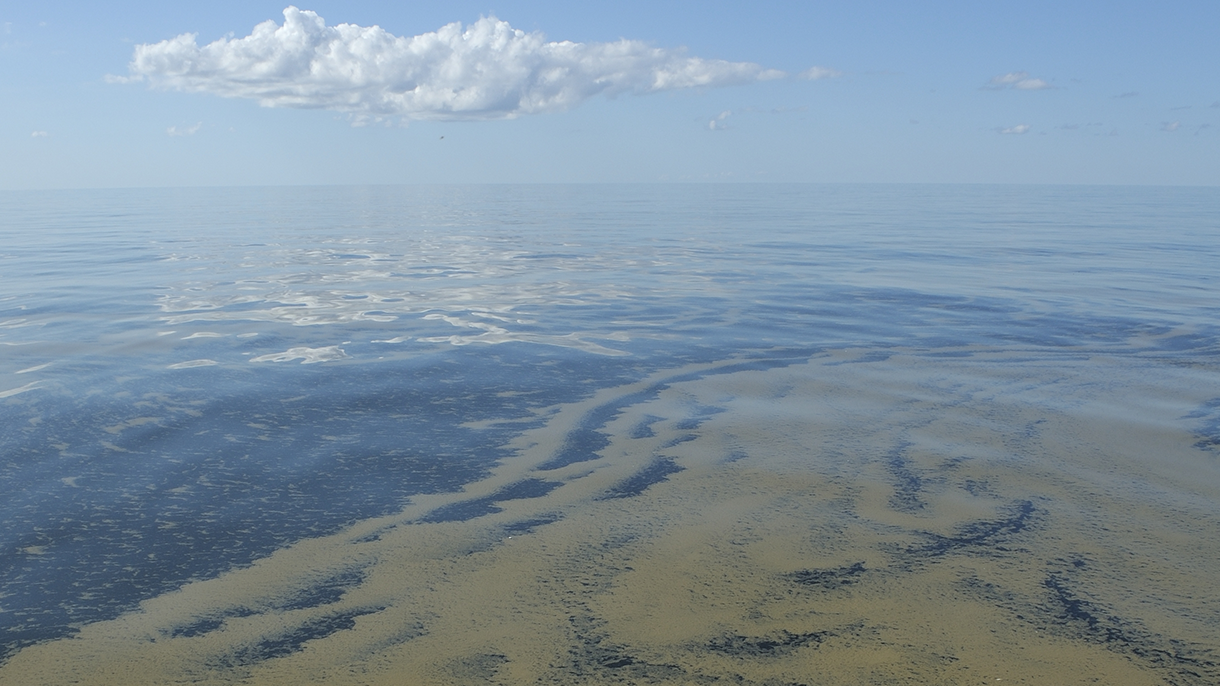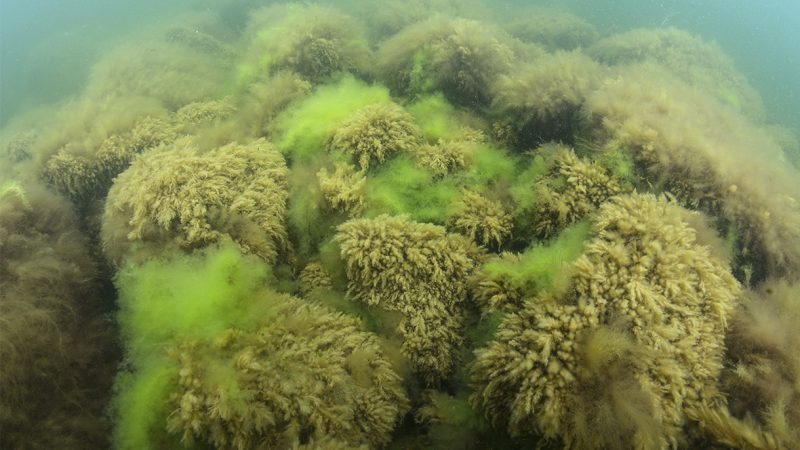Eutrophication

Eutrophication is the most serious environmental problem in the Baltic Sea. Eutrophication is caused by the overload of nutrients.
Excessive nutrients, such as nitrogen and phosphorus, have ended up into the Baltic Sea for decades. Nutrients feed the growth of both algae and aquatic plants in the sea.
Although nutrient load into the Baltic Sea have been halved over the past thirty years, eutrophication continues to plague the sea.

Eutrophication increases biodiversity loss
Why is eutrophication a threat to the conservation of the Baltic Sea’s marine nature?
- Eutrophication maintains oxygen depletion on the seabed, which causes harm to benthic animals.
- Eutrophication causes murky water, which reduces the amount of vital sunlight that reaches plants in deeper water.
- Eutrophication accelerates the growth of filamentous algae. The amount of filamentous algae in the Baltic Sea has tripled.
- Filamentous algae suffocate perennial vegetation, such as eelgrass meadows and bladder wrack on rocky shores – eutrophication also increases the growth of blue-green algae (cyanobacteria).
The John Nurminen Foundation’s goal is to have a clean and thriving Baltic Sea that does not contain too many nutrients or algae, has enough oxygen on the seabed, and is home to a vibrant and diverse biotic community.